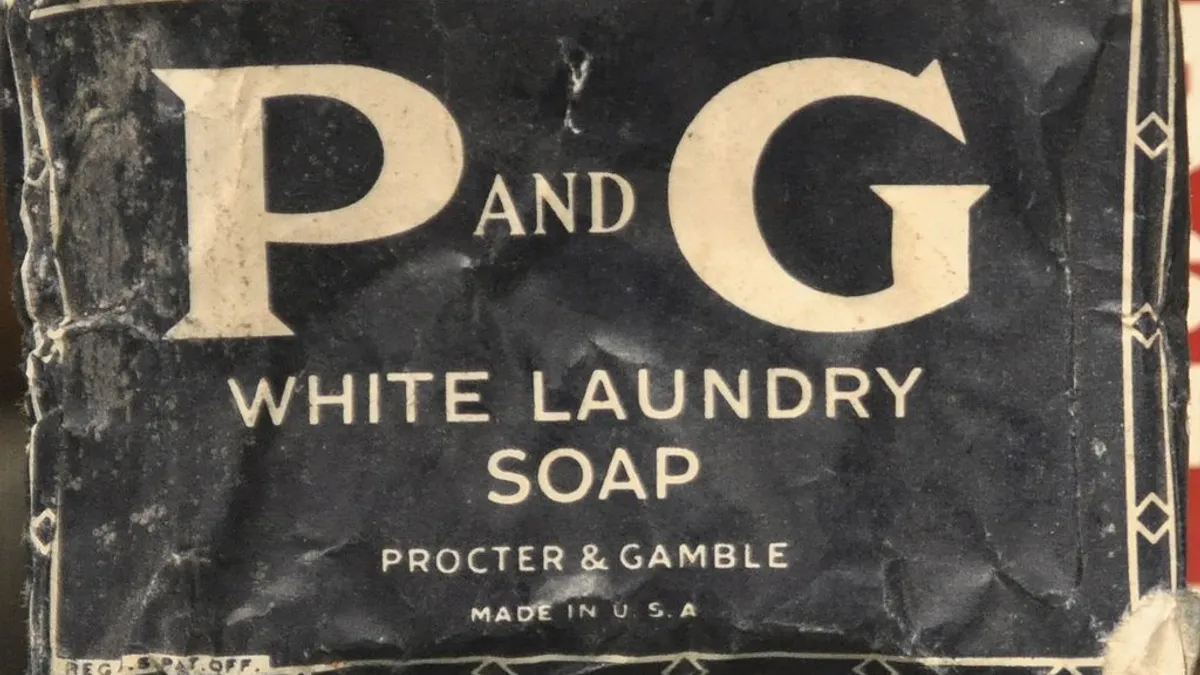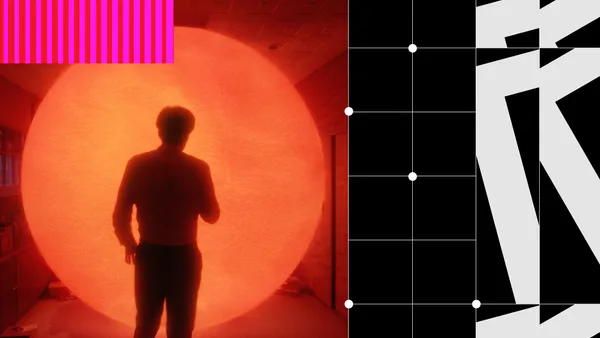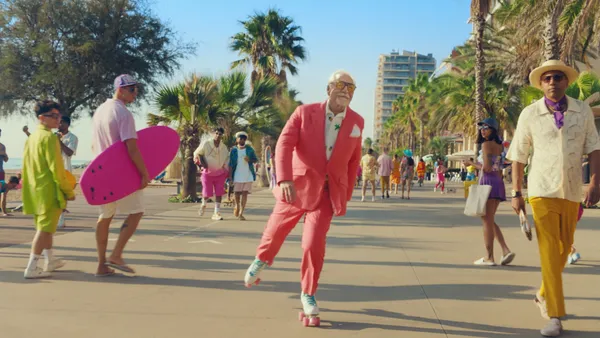Dive Brief:
- P&G is making major changes to its programmatic buying per Ad Age. The consumer packaged goods giant is parting ways with its original programmatic tech partner, AudienceScience, in favor of a strategy that includes different providers like Neustar and The Trade Desk as well as more of a regional focus.
- The move represents a new strategy for Hawkeye, its seven-year-old programmatic digital buying operation and comes at a time when P&G is implementing a stated plan to cut marketing spending by $2 billion over the next five years.
- In other programmatic news, AppNexus, LiveRamp and MediaMath announced the launch of a consortium to make people-based marketing available within programmatic channels in a joint press release. The release included a statement from Brian O'Kelley, CEO of AppNexus, that a goal of the group was to provide an open marketing for precision advertising comparable to Google and Facebook with an emphasis on privacy.
Dive Insight:
Programmatic buying has grown quickly over the past few years and is expected to reach $33 billion in spend this year. The appeal for marketers is its ability to automate ad buying in an increasingly complex digital landscape, with the promise of combining operational efficiency with digital scale hard to resist for many marketers. However, the media buying approach also has a reputation for removing some of the control over where brands' ads appear.
This shortcoming has been under growing scrutiny since last fall following a surge in concern by marketers about the volume of fake news and unsavory, even dangerous, content on the internet and what that means for brands whose ads appear next to this content. Are they supporting publishers who push terrorism, hate speech and other extreme content? Does it hurt a brand to be seen on these pages?
P&G's comments about its programmatic revamp do not address any of these issues directly. The announcement reflects a strategy to leverage programmatic to maximize media spending, and according to company spokeswoman Tressie Rose breaking up its programmatic vendors is also about customizing for different global regions. However, given P&G's proactive role over the past few months in trying to reshape the digital media landscape into something that its more brand-friendly, it is not hard to imagine that gaining control and better ensuring brand safety played some role in the change. Considered in conjunction with the AppNexus news, it appears that the programmatic space is feeling some growing pains.
The news from P&G joins a growing list of ways the company has been shaking up digital marketing this year. In January P&G Chief Brand Officer Marc Pritchard put the industry on notice at the IAB Annual Leadership Meeting calling for transparency and a cleaner media supply chain and stating a new requirement for MRC accredited third-party viewability validation for all its digital ad partners by the end of the year if they want to retain P&G’s business.
Last week, the CPG giant announced a plan to reduce marketing spending in both media and agency fees largely by adjusting media rates and eliminating ad supply chain waste. All of these moves by P&G in the digital marketing space have teeth simply by virtue of its status as one of the largest advertisers by spend. Its dollars have power, and P&G is using that clout to create real changes across digital marketing and advertising.














